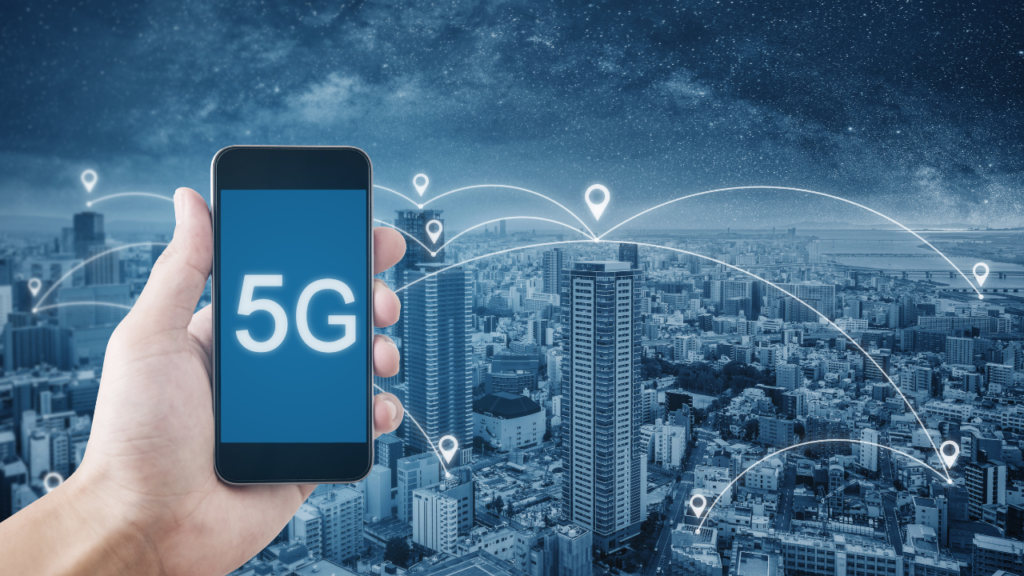
In the grand opera of technology, 5G connectivity has been cast in the starring role – and for good reason. The advent of 5G is akin to the discovery of fire in the caveman era, minus the potential for singed eyebrows. It’s the speedy backbone that’s expected to support future user interfaces, a technological marvel that promises to take our devices from meandering mules to galloping gazelles.
So, what is 5G connectivity, you might ask? Well, in the simplest of terms, it’s the fifth generation of cellular technology. It’s the technological version of your favorite superhero, minus the flapping cape. 5G promises to deliver faster downloads, lower latency, and the ability to connect more devices at once than 4G. I hate to break it to you, but your current smartphone is about to look like a technological dinosaur.
The beauty of 5G connectivity lies not only in its speed but also in its capacity to be the sturdy foundation upon which future user interfaces will be built. The 5G connectivity future looks bright, with the potential to transform our homes, workplaces, cities, and even our cars. Imagine a world where everything is connected in real time, without any lag. It’s like being in multiple places at once, only without the disconcerting sense of disorientation.
The 5G connectivity future is set to usher in a new era of user interfaces, one that’s faster, more immersive, and more interactive. For instance, the use of Virtual Reality (VR) and Augmented Reality (AR) could become commonplace, thanks to 5G. These technologies currently suffer from high latency and slow data speeds. But with 5G, they’ll be as seamless as watching Netflix while eating popcorn on your couch.
You see, the 5G connectivity future is not just about speed; it’s about creating a seamless user experience. It’s about ensuring that your smart home devices don’t get into a digital fistfight because they can’t communicate with each other. It’s about being able to download a full-length movie in seconds, without having to twiddle your thumbs while you wait.
The introduction of 5G connectivity also means we’ll be able to create more complex and interactive user interfaces. Interfaces that can respond in real time, without any lag, to create an immersive experience. It’s like stepping into a sci-fi movie, minus the aliens and the apocalyptic disasters, of course.
But let’s not get carried away. After all, every superhero has its Achilles heel, and 5G is no exception. The rollout of 5G connectivity is a complex process that requires massive infrastructure development. It’s not as simple as flipping a switch and watching the magic happen. So, don’t throw away your 4G devices just yet.
Moreover, with great power comes great responsibility, and the 5G connectivity future is no exception. This technology will generate enormous amounts of data, raising serious privacy and security concerns. It’s like opening Pandora’s box, and we’ll need to be ready to handle whatever jumps out.
In conclusion, the 5G connectivity future is poised to revolutionize the way we interact with technology. It’s the speedy backbone that’s set to support future user interfaces, transforming our devices from slow-moving tortoises to sprinting hares. But with this great power comes great responsibility. So, while we revel in the possibilities, we must also prepare for the challenges that lie ahead.
So, buckle up, tech aficionados. The 5G connectivity future is here, and it’s set to redefine the user experience. But remember, patience is a virtue. After all, Rome wasn’t built in a day, and neither will the 5G connectivity future.


